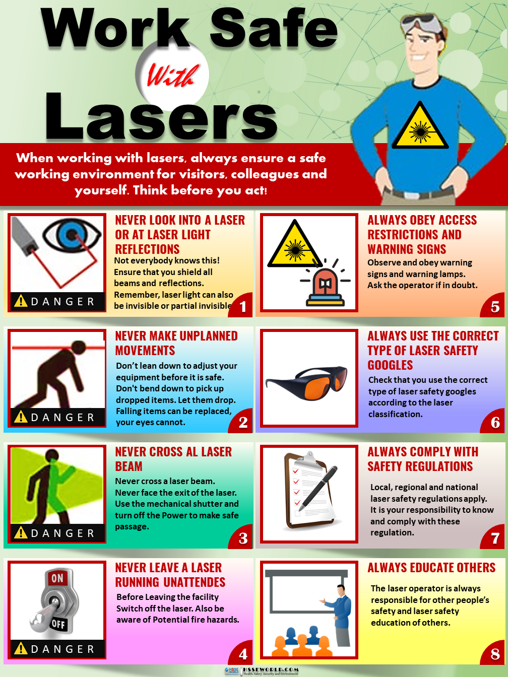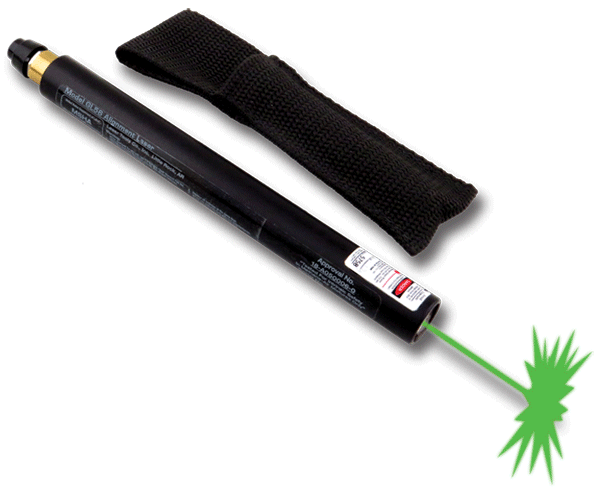Great Suggestions For Selecting A Safe Laser Device
Wiki Article
What Is Low-Level Safe Laser Therapy (Lllt) Assist With Ulcerative Wounds?
Safe Laser low-level laser therapy (LLLT), through its stimulation of tissue repair can assist in healing ulcerative lesions. LLLT accelerates tissue regeneration and repair by stimulating cellular metabolism. It increases fibroblast activity, collagen synthesis, as well as angiogenesis (formation of new blood vessels), which are essential processes for wound healing. This can accelerate the healing process of lesions causing ulcers.
LLLT can help reduce inflammation by preventing the release of pro-inflammatory cells. It also aids in the production of antiinflammatory mediators. LLLT can reduce inflammation in ulcerative lesions, where inflammation can delay healing or worsen tissue damage.
LLLT can help reduce pain, especially in the case of ulcerative wounds. LLLT helps reduce pain and discomfort. It can also increase the patient's satisfaction.
Enhanced Blood circulation- LLLT stimulates vasodilation and microcirculation. This results in the increase of blood flow towards the wound. Improved blood flow delivers oxygen and nutrients, which helps to promote healing. It also facilitates the removal waste products and toxic substances from the wound site.
Antimicrobial Effects - LLLT has been proven to have antimicrobial properties, that can reduce the risk of infection ulcerative wounds. By promoting bacterial clearing and preventing the spread of infection to the wound site LLLT can reduce the risk of infection and speeds up the healing process of wounds.
LLLT helps reduce the formation of scars on ulcerative wounds. It does this by encouraging tissue regeneration and the remodeling. LLLT stimulates collagen production and aligns collagen bundles to produce an even, better-organized scar. This leads to better aesthetic results.
Overall, safe Laser low-level laser therapy is an effective and non-invasive approach to managing ulcerative wounds that promote speedier healing, less suffering, and a better overall wound outcomes. Before applying LLLT to treat skin ulcers be sure to speak with a medical professional about the best method of care for the wounds you have suffered and what treatments are available. See the best safe laser for website examples including lézer bérlés, lágy lézer kezelés, lágylézer kezelés budapest, lágy lézer kezelés, safe laser készülék, lágylézer kezelés árak, mozgásszervi problémák, mozgásszervi betegségek kezelése, safe laser vélemények, lágylézer készülék and more.

How Can Laser Therapy That Is Safe Aid In Ear, The Throat, And Nose Problems?
LLLT reduces inflammation by reducing the effects of LLLT. This is beneficial for conditions like sinusitis, rhinitis, and tonsillitis. Inflammation may cause symptoms such as nasal congestion, sore throats, and ear discomfort. It can help with issues like tonsillitis and sinusitis where inflammation can result in symptoms like nasal obstruction, sore throat or discomfort in the ear.
Pain Relief - LLLT can help relieve the pain of an earache, sore throat and pressure in the sinuses.
Improved Tissue Repair and Regeneration - LLLT increases the rate of the process of tissue regeneration and repair by stimulating cellular metabolism and proliferation. LLLT may help to promote quicker healing in ENT conditions, including otitis media (middle ear infections) or the pharyngitis.
Improved Blood Circulation LLLT promotes microcirculation by increasing vasodilation. This increases blood flow into the area affected. A better blood circulation will facilitate the flow of oxygen and nutrients to the tissues, encouraging healing and reducing inflammation.
LLLT is antimicrobial, and is able to reduce the quantity of bacteria and viruses that are present in the throat and nasal passages. This could be beneficial in the treatment of conditions like sinusitis, tonsillitis and various other forms of infection.
Relief of Allergy Symptoms – LLLT assists in reducing symptoms of allergic rhinitis, the hayfever and other allergies by reducing inflammation of nasal passages and your sinuses. This can result in reduced nasal congestion, sneezing, and itching.
Tinnitus treatment- LLLT treatment is being researched as a possible solution to Tinnitus. Tinnitus can be characterized as buzzing, ringing or humming sounds in the ear. Although the precise mechanism behind the effects of LLLT is not understood, it may assist in improving blood supply and lessen inflammation of the hearing. This may lead to an improvement in the tinnitus.
Secure Laser low level laser therapy is a safe, non-invasive way to treat ear, nose and throat conditions. It provides relief and promotes faster healing. It is important to consult with an ENT specialist for proper diagnosis and treatment recommendations before making use of LLLT to treat ENT conditions. Check out the most popular lágylézer for more advice including lezeres kezeles, safe laser készülék, lágylézer kezelés árak, orvosi lézer készülékek, orvosi lágylézer, gyógyító lézer, laser hu, safe laser használata, lézer kezelés hatása, lágylézer hatása and more.

How Long Will It Take Before A Secure Laser Device Takes Effect For Ear Nose And Throat Problems?
Safe Laser low-level Laser Therapy (LLLT) can have various impacts on ENT conditions. This is due to the nature of the kind of disease being treated, the severity of the condition as well as the health status of the patient and the way they respond to treatment. In general, a series of LLLT sessions spread over a specified period is recommended for ENT issues.
Type and Severity- The type and the severity of the ENT disease that is being treated will affect the number LLLT sessions needed. Sinusitis, rhinitis, otitis media, tonsillitis, or laryngitis could require a different treatment approach and different numbers of LLLT sessions.
The individual's response to treatment Individual factors such as general health, immune function and healing capacity can influence how well a person responds to LLLT for ENT-related conditions. Some people respond faster to treatment than others and may see symptoms improve more quickly.
Treatment protocol- The treatment plan recommended by an ENT specialist is a key element in determining the number of LLLT sessions are needed for ENT conditions. The treatment plan can be tailored to the individual and could also include the scheduling of LLLT treatments at least once per week.
Acute vs. Acute vs. For acute conditions, such as acute sinusitis (or acute pharyngitis) may only require one or two sessions. Chronic conditions such as chronic laryngitis may require more intensive treatment.
Certain individuals may see improvements in ENT problems after just a few LLLT sessions. For others, it could take longer to achieve the best outcomes. It is essential to adhere to the treatment plan that is prescribed by an ENT specialist and to be present at all scheduled LLLT sessions to maximize the advantages of treatment for ENT conditions. In addition, it is vital to keep a close eye on the symptoms and to talk to your ENT physician to ensure that the proper treatment plan and management is implemented.